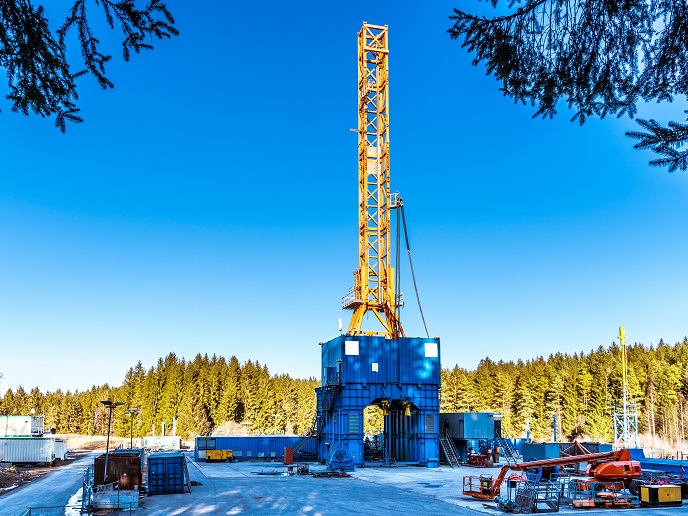Fracking modelling achieves environmental best practices
In recent years, advances in hydraulic fracturing(opens in new window) (HF) technology have enabled the extraction of oil and gas from deep underground shale formations. These had previously been deemed uneconomical to exploit. In conventional HF, pressured fracturing fluid such as gelled water or acid is pumped into a drilling well. Solid additives such as sand are later mixed with the fluid in order to keep the fractures open, providing direct pathways for oil or gas into the well. Recent innovations including directional drilling, the use of high volumes of fracturing fluid and improvements in fluid lubrication have made HF an even more attractive proposition. “In Europe, several shale basins have been identified as suitable for development,” notes BESTOFRAC(opens in new window) project coordinator Timon Rabczuk from the Bauhaus-Universität Weimar(opens in new window) in Germany. “The biggest reservoirs have so far been located in Poland and France.”
Accurately modelling fracking processes
The use of HF has nonetheless generated a great deal of controversy. Opponents claim that it poses severe environmental risks, including contamination of groundwater resources, depletion of freshwater supplies and increased risk of seismic activity. “This is complicated by the fact that the chemicals used in HF have not been fully disclosed despite intense public demand,” adds Rabczuk. “This means that monitoring surface contamination is challenging, because scientists don’t know exactly what substances to test for.” The aim of the BESTOFRAC project, undertaken with the support of the Marie Skłodowska-Curie Actions(opens in new window) programme, was to better understand the impact of HF through developing more accurate modelling and analysis tools. This in turn could help to optimise HF processes and more accurately assess the environmental risks. “Accurate models are predicated on the ability to understand the physics of HF processes, and analyse process variables,” says Rabczuk. “These variables include fluid injection pressures and rates, fluid chemical compositions and the number and distance between HF stages.”
Taking account of fracking variables
In order to take account of these variables, the project developed new models and computational methods. “Partners involved developed different computational approaches,” remarks Rabczuk. “Other partners focused on scaled laboratory tests, and one company provided on-site data.” Realistic HF simulations gave the project team a clearer picture of some pressing environmental questions. These included: how fracking interacts with natural fractures; how fracture networks evolve; and how fractures can be constrained from spreading to adjacent layers of rock. Breakthroughs include the ability to model complex fracture patterns during HF operations by simultaneously taking into account interactions between rock deformation and fluid flows. The project team developed a data sharing platform, which can benefit other researchers. The team also started to exploit machine learning-based approaches, in order to deal with big data and reduce time-consuming simulations.
Optimised hydraulic fracking operations
The BESTOFRAC project achieved a number of significant results, which could eventually lead to optimised HF operations that better protect the environment. Many of the project’s models have since been made publicly available, in addition to the knowledge-sharing platform. “Some of our models and methods could be implemented in commercial software,” notes Rabczuk. “This might be the topic of future collaborations, and we already have a few industrial partners in this area. Implementing our models in a commercial framework would help industry to directly answer some key questions in HF practices.” The project also successfully provided young researchers with interdisciplinary training in computational science, mining geotechnics, geomechanics and modelling and simulation techniques.







